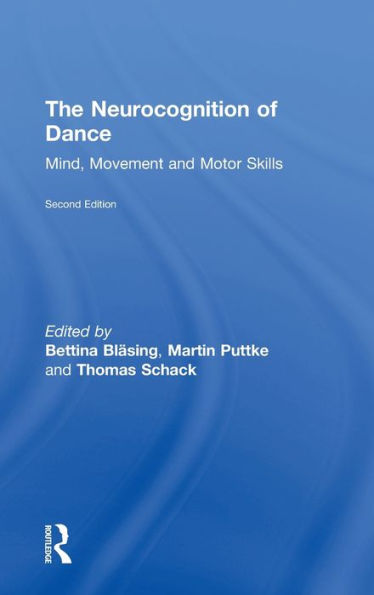Table of Contents
Ipke Wachsmuth: Foreword for the first edition
Freya Vass-Rhee: Foreword for the second edition
Bettina Bläsing, Martin Puttke & Thomas Schack: Introduction: Moving towards a multidisciplinary neuro-cognitive science of dance
Part II: The dance perspective
Martin Puttke: Learning to dance means learning to think!
Galeet BenZion: The Kinematics Teaching Methodology: Marrying kinesthetic stimuli with reading instruction
Elizabeth Waterhouse: In-Sync: Entrainment in dance
Gregor Zöllig: Searching for that 'other land of dance': The phases in developing a choreography
Scott deLahunta & Philip Barnard: Seeing the ‘choreographic mind’: Three analytic lenses developed to probe and notate creative thinking in dance
Part II: The science perspective
Thomas Schack: Building blocks and architecture of dance: a cognitive–perceptual perspective
David A. Rosenbaum: Shall we dance again? Action researchers and dancers can move together
Holk Cruse & Malte Schilling: Getting cognitive
Bettina Bläsing: The dancer’s memory: learning with the body from the remembered, the percieved and the imagined
Part III: Neurocognitive Studies of Dance
Beatriz Calvo-Merino: Neural mechanisms for seeing dance
Emily S. Cross: Building a dance in the human brain: Insights from expert and novice dancers
Guido Orgs, Beatriz Calvo-Merino & Emily S. Cross: Knowing dance or knowing how to dance? Sources of expertise in aesthetic appreciation of human movement.
Corinne Jola: Choreographed science: Merging dance and cognitive neuroscience



